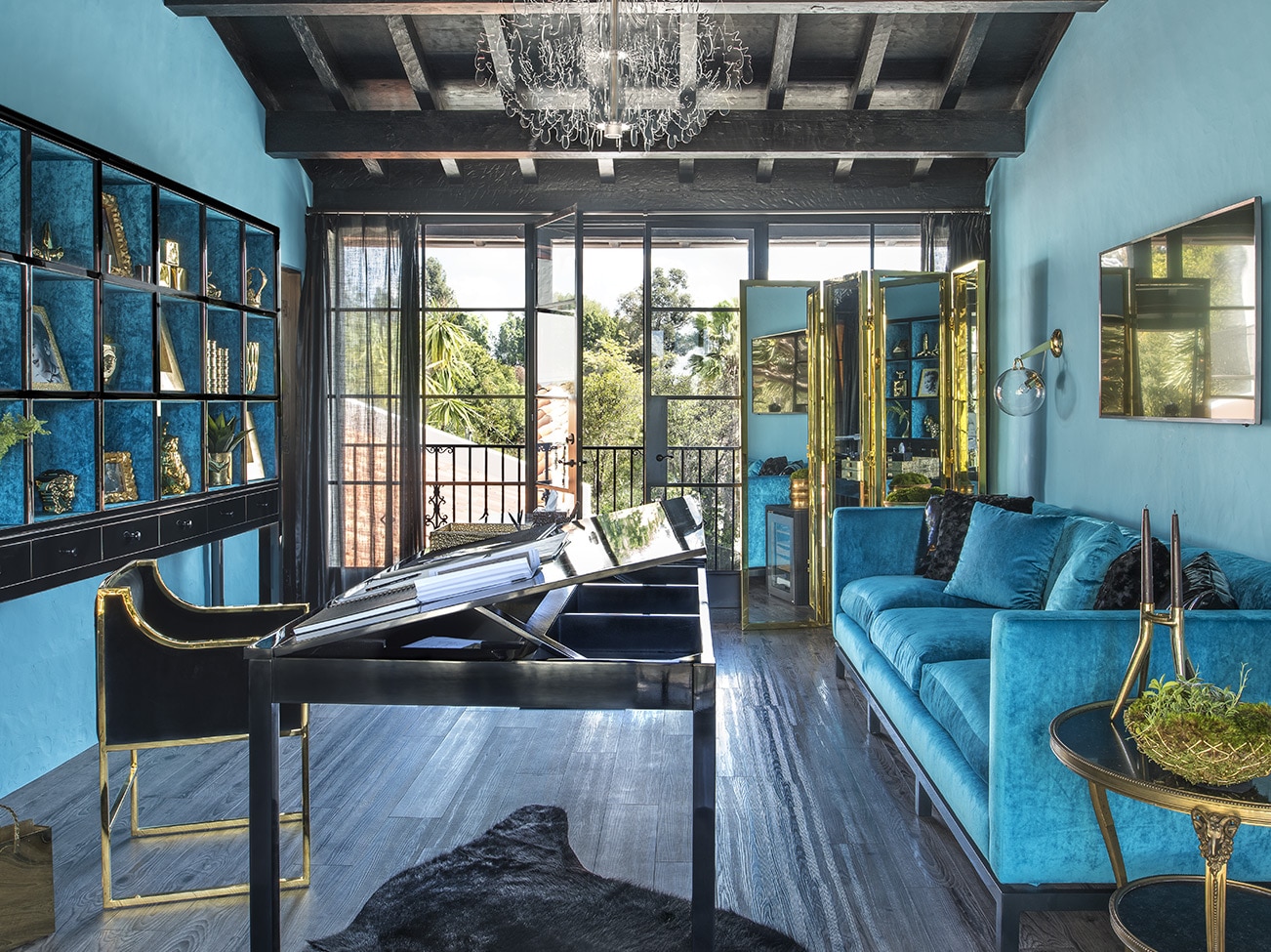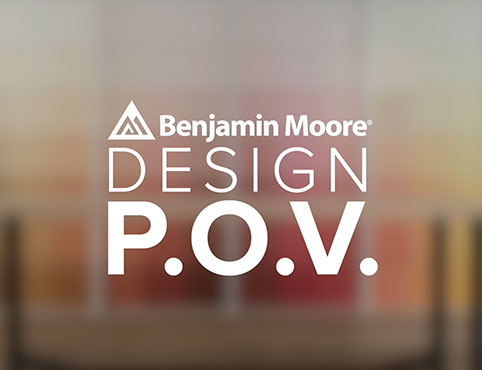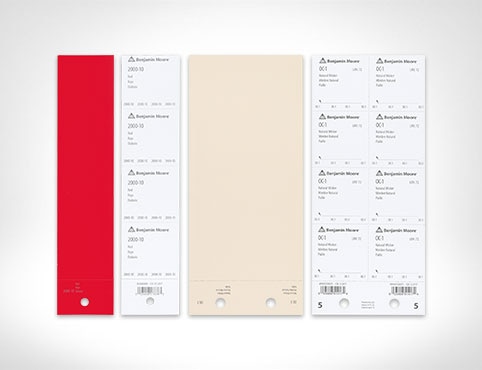A global design tastemaker, Timothy Corrigan's worldly view has resulted in two gorgeous books and a design ethos that combines European influences with a signature dash of California casual.
HQ: Paris & Los Angeles. Learn more at Timothy Corrigan and @timothy_corrigan_inc.
Timothy Corrigan shares how comfort is key, why "elegance" is a crossover concept that transcends style, his favorite Benjamin Moore whites, and his go-to sheen (spoiler alert: it's eggshell).
To what do you attribute your skill for creating a "look" that is described as one that "usually takes generations to achieve?"
Timothy: The roots of my transition into interior design are in France, when I moved there for what was then my "day" job in advertising. Being in Paris opened my eyes to the whole world of design, art, history, and the flea markets. It also fed into my love of travel, learning, and exploring.
My "look" is also described as European elegance infused with California casual – for me, it is mixing of the best of both worlds.
Being recognized as a global force in design and tastemaking, how do you manage the challenges of having multiple projects around the world?
Timothy: Right now, we're working on four different continents. It's very valuable to have twin operations in Los Angeles and Paris, because we do a lot of sourcing and other supportive services in Europe. It's not uncommon for us to have a Skype call with clients in Asia, Paris, and LA simultaneously.
Whether we are creating a 40k square foot home in Doha, installing a 7,500 square foot London townhouse, or designing the world's largest private yacht, we need the flexibility and accessibility to be available when and where our clients need us.

What is your process in creating the livable luxury for which you are known?
Timothy: I want to be known as the designer who creates comfortable elegance. Designing rooms that are really comfortable to live in and that are also really beautiful and elegant. Elegance does not have to be any one style; you can have contemporary elegance, classic elegance, or country elegance. Our positioning as a company is that we can go from contemporary to classic, but the common element is that's it's going to be a home that you truly live in comfortably.
The first thing I ask my clients is what will get them to use every room in their house? It upsets me when people say, "we'll only use the living room for holidays or for company." That to me is the wrong way to live in a house, you're letting the house tell you how to live. A successful project is one where every room of the house is lived in and enjoyed.
"IT'S ABOUT GETTING PEOPLE TO FEEL A LITTLE MORE COURAGEOUS TO USE COLOR IN THEIR HOMES."
- Timothy Corrigan
Interior Designer, Timothy Corrigan Inc.
Timothy Corrigan
Designer Showcase
Enjoy this showcase of Timothy Corrigan's interior design work: As warm and welcoming as they are luxurious, Timothy aptly combines comfort with elegance in every room.
All of the photos in the Design P.O.V. series are courtesy of the interior designers featured. You can find paint colors like the ones pictured at
your local Benjamin Moore retailer.
What would you consider practical aspects of providing comfort?
Timothy: If you can spill something and not worry about a stain, put your feet up on a coffee table, and set down a hot mug without leaving a ring, then you have achieved an aspect of practicality. We make sure to use the right fabrics where they are needed. We select performance fabrics, like our collection for Perennials, for heavily trafficked rooms; we put marine varnish on even the finest antique because it allows for a glass to be put down and not leave a stain. One of my new faves is Benjamin Moore's Scuff-X®. It allows you not to worry about day-to-day living in any space; it's easy to clean and stains, and marks easily wipe off.
What would you identify as one of the critical shifts in how the interior design profession is practiced?
Timothy: Designers are working on a broader stage, and are no longer just working locally. Much of this has been driven by the media's shift from print to online. We're currently working on a huge project in Asia for a client who just found us in an online feature.
What motivated you over the years to take on the challenge of acquiring and then designing, preserving, and renewing the chateaux that you have transformed and brought back to life?
Timothy: I'm a self-confessed chateaux-a-holic. I have renovated and restored four different chateaux–I love taking these sleeping beauties, built for another time, another way of life, that no longer really function very well for 21st century living, and figuring out how to appropriately update them for today. I think this applies to a chateau in France or a house in L.A. built in the 1920s. Take Mediterranean revival–where there are not a lot of windows, because back then people felt daytime was for outside and inside was for nighttime. Today people want a fluid inside/outside lifestyle.
But whatever the structure, you need a team, including structural engineers and local architects, who can work with the local landmark preservation authorities. You need to physically go see and feel the design resources; you can't do everything behind a computer screen!
I documented the restoration of the largest chateau I have undertaken in my book, An Invitation to Chateau du Grand-Luce, and shared how I fell in love, acquired, and restored one of France's 18th century great country house gems.

Can you share any details around the new home you just acquired in L.A.?
Timothy: Topline, architecturally it's a traditional Georgian center hall. The house, as well as the landscape, ascribes to my belief that when you live in a symmetrical space, you feel more at ease than you do in an asymmetrical one. I am painting the interior in Benjamin Moore's Cloud White.
Do you have any go-to whites and paint sheens that you turn to when creating your design plans?
Timothy: Two of our favorite Benjamin Moore whites are Chantilly Lace and Cotton Balls because they work in nearly every environment.
As for sheen, I look at different finishes for different purposes, which comes back to my focus on practicality and comfort. I tend to use eggshell on ceilings for its subtlety; it provides a very soft way to add some reflection to the room, and also adds height to rooms with low ceilings. Eggshell is an aspect that you're not even aware of, but it's very quietly doing the job for you.
If you were a color – which would it be?
Timothy: I would have to pick two–one would be yellow because it's all about optimism and positiveness. Second would be blue–to me it represents happiness, contentment and a sense of integrity, and loyalty. I think all those traits reflect how I try to live my life.

Design P.O.V.
See video interviews, get advice, and find inspiration from leaders in interior design.

Order Paint Color Sheets
Streamline and simplify paint specification with the help of Benjamin Moore Paint Color Sheets.